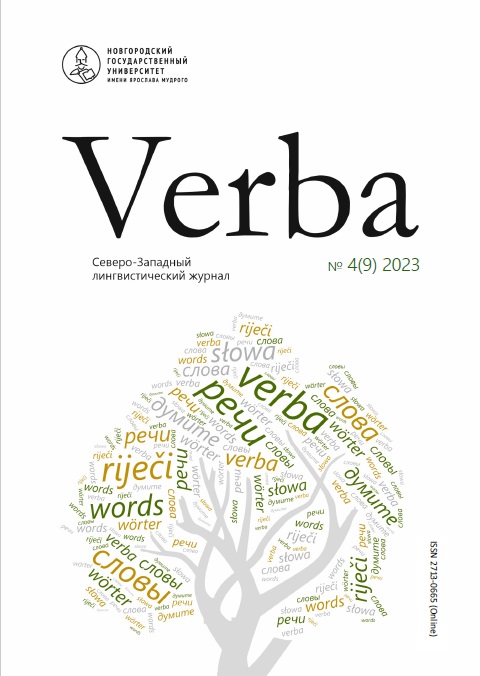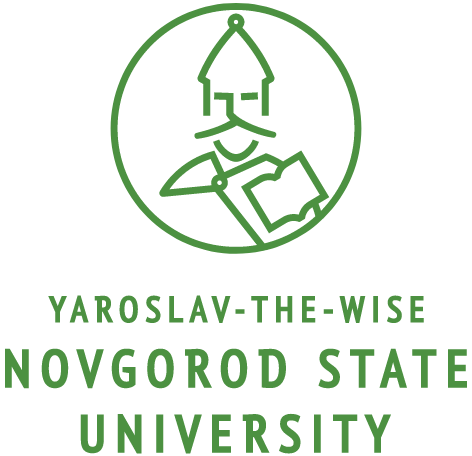Precedents in Media World Picture
DOI:
https://doi.org/10.34680/VERBA-2023-4(9)-83-92Keywords:
precedents, precedent phenomenon, media world picture, paronymy, KommensantAbstract
This article examines the problem of modern precedents in the headlines of media texts using the example of the information resource Kommersant.ru. The role of this phenomenon in the structure of the media view of reality, co-constructed by authors and their readers, is explored. It is known that precedents as concentrations of the linguocultural memory of society help build associative connections to comprehend new information. In this regard, the authors of media texts actively turn to them to express their thoughts, both implicitly and explicitly, as well as to build trust with their audience, demonstrating a commonality of views, cultural and historical background. Thus, a precedent toolkit is being formed that allows us to identify some elements of how modern society sees the world. The discovered set of about 230 precedent headings is differentiated by topic, as well as methods of their representation in the text. The results of the study show what precedents the authors of media texts “rely on” when participating in dialogue with their audience today.
Downloads
Downloads
Published
How to Cite
Issue
Section
License
Copyright (c) 2023 Verba

This work is licensed under a Creative Commons Attribution-NonCommercial 4.0 International License.








